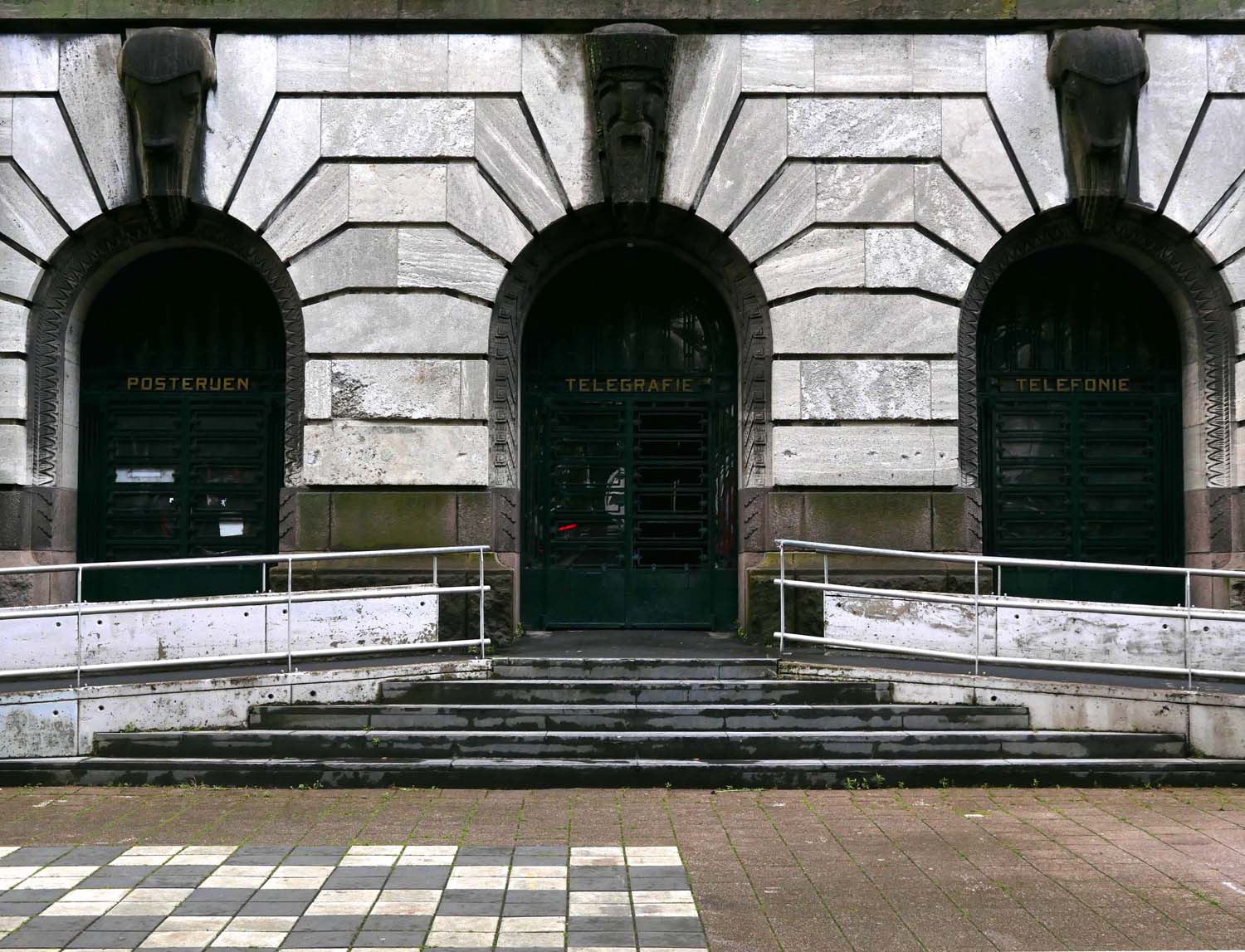It was absolutely pouring when I left my hotel in Brussels this morning, and I was soaked by the time I reached the train station. Luckily, it cleared up as the day progressed, and I had good walking-around weather once I reached Rotterdam. Rotterdam was actually the last continental stop that Calvin and Octavia made before heading to London on the steamer Baatavia. However, since I haven't spent much time in the Netherlands, I am going off track for a few days to explore further. (Plus, my family is joining me here this weekend, and I couldn't be more excited to be reunited with them!)
The city center of Rotterdam was pretty much destroyed in World War II, so there is very little old architecture left in that part of town. It has been completely rebuilt, with many well-known architects having contributed buildings to its current landscape.
Here is Octavia's description of Rotterdam from her journal:
"Arrived about 7 o’clock. Followed the porter through streets, across canal crowded with shipping, and after a long walk come to Hotel Pays Bas. Buildings tall, mostly red, and so clean. [. . .] pavements of small bricks. Mirrors at the windows — smoke. The impression is different from that I had of any other European city. No noise of heavily laden wagons lumbering over the town — boats gliding through [. . .], cool, shady yet [. . .]. The most relieving, if not the most pleasant day I’ve passed on the eastern Continent. Everybody so happy, and again I’ll repeat, so purely clean. What a contrast to the German villages — where a heap of manure is the only attracting object [. . .] that meets the senses. On the other hand these hamlets had the loveliest little gardens, parks, and everything pleasing. Great deal of shipping. The poet says that Holland “scarce deserves the name of land.” I think praises on the other hand should be lavished on the industry of its [. . .]. Determined to give a short examination to the streets of Rotterdam, drove through the town — Mr. Groot, chinese specimens — Great church of St. Lawrence, built in 1472, of brick; contains monuments of admirals De Witt and Cortnaer, and vice Admiral (Schondtbijnacht) van Brahel. Organ — the largest metal pipe is 17 inches in diameter — number of stops 5085. Six pair of bellows (windmill)."















